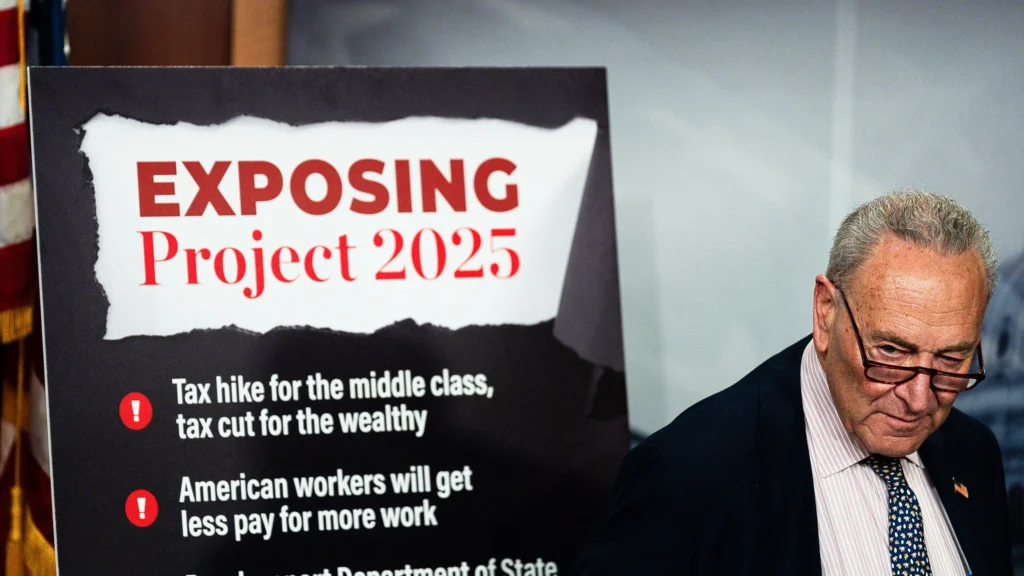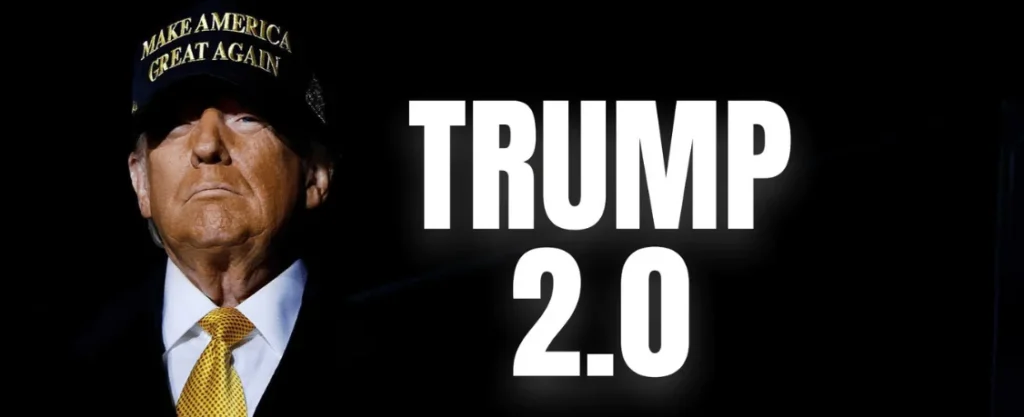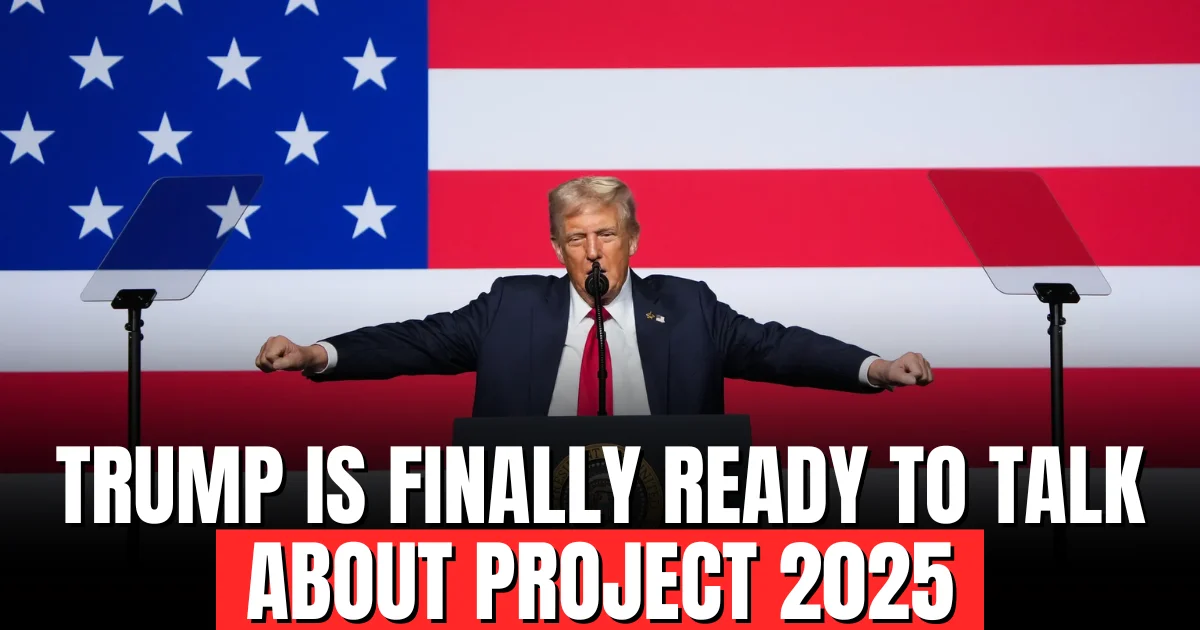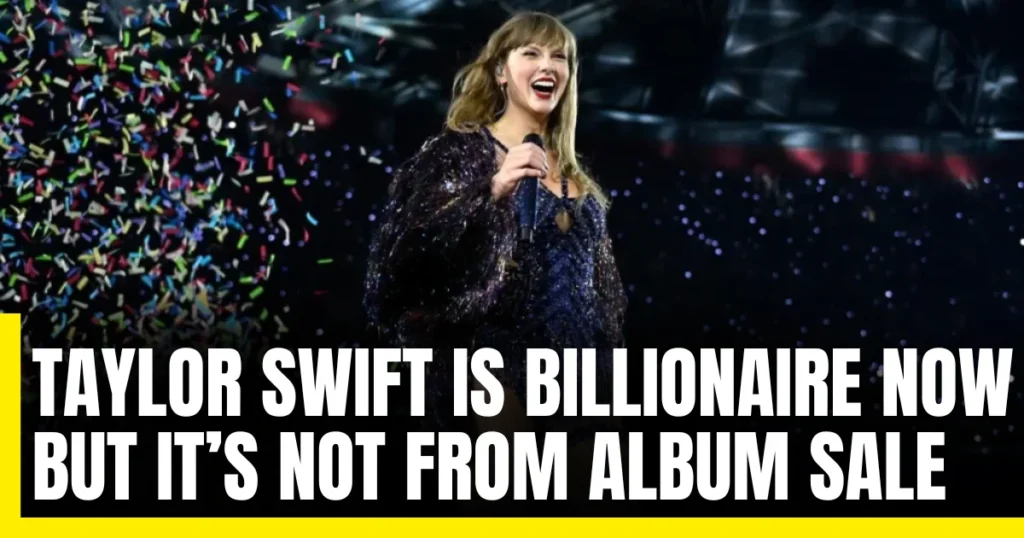Trump now admits ties to Project 2025 — the controversial plan reshaping his presidency. Here’s how it connects to his government overhaul.
Table of Contents
Trump Is Finally Ready to Talk About Project 2025
Introduction
After months of public distance and denial, Donald Trump is now openly acknowledging his ties to Project 2025 — a controversial conservative blueprint to reshape the U.S. government from within.
Once dismissed by Trump as a “plan I have nothing to do with,” the Heritage Foundation’s 922-page document is now being linked directly to his second-term agenda, from federal layoffs to policy rollbacks.
As Trump faces a government shutdown and promises “historic reforms,” Project 2025 has become the silent script behind the Trump 2.0 playbook.
What Is Project 2025 — and Why Does It Matter?

Project 2025, officially titled Mandate for Leadership: The Conservative Promise, was developed by the Heritage Foundation, a leading conservative think tank.
The plan serves as a step-by-step guide for a right-wing president to remake the federal government, consolidate executive power, and dismantle agencies viewed as bureaucratic “deep state” holdovers.
Key goals outlined include:
- Reducing the size of the federal workforce
- Reasserting presidential authority over independent agencies
- Rolling back environmental and diversity regulations
- Redirecting foreign aid and cutting public health funding
These proposals became politically toxic during Trump’s 2024 campaign — prompting him to claim total separation from the project.
From Denial to Endorsement — Trump’s Project 2025 U-Turn
During the 2024 presidential debates, Trump declared:
“I have nothing to do with Project 2025. I haven’t read it. I don’t want to read it, purposely.”
Yet, one year later, Trump’s social media post referencing Russ Vought, the man behind both Project 2025 and the current government shutdown strategy, tells a different story.
Vought, now Director of the Office of Management and Budget, authored key sections of Project 2025 advocating for mass agency layoffs and expanded executive control. Trump’s new collaboration with Vought suggests that he is now embracing the same ideas he once rejected.
Project 2025’s Influence on Trump’s Second Term
A CNN investigation found that over two-thirds of Trump’s first-week executive actions aligned with Project 2025’s policy recommendations — including crackdowns on immigration, rollbacks on environmental regulations, and curbs on DEI programs.
Other parallels include:
- Federal Reserve skepticism: pushing for tighter presidential control.
- Cuts to USAID & NIH: mirroring Heritage’s proposed budget downsizing.
- Staffing crossovers: Project 2025 contributors now serving as Trump officials.
Notable examples include:
- Russ Vought – OMB Director
- Tom Homan – Border Security Czar
- Brendan Carr – FCC Chairman
- Peter Navarro – Trade Advisor
- Paul Atkins – SEC Commissioner
Many of these figures were directly involved in authoring Project 2025 chapters — creating what critics call a revolving door between think-tank theory and executive power.

“Trump 2.0” — Project 2025’s Vision in Action
When Trump assumed office again, Paul Dans, the former Project 2025 director, admitted:
From sweeping regulatory rollbacks to restructuring entire departments, Trump’s governance style now reads like a live-action version of the Heritage Foundation’s manual.
Even as Trump denies authorship, his administration’s actions show otherwise. Whether it’s budgetary overhauls, immigration crackdowns, or executive control expansion, nearly every major policy mirrors Project 2025’s framework.
Why Trump’s Change of Tone Matters
Trump’s newfound willingness to discuss Project 2025 signals a larger shift — from distancing himself politically to embracing the ideological architecture behind his policies.
Possible motivations include:
- Political control: Reinforcing his image as the ultimate decision-maker.
- Policy alignment: Many of Project 2025’s ideas align with his core base’s priorities.
- Strategic ownership: Rebranding the plan as his own vision, not Heritage’s.
As Trump continues to promote his “government overhaul,” it’s increasingly clear that Project 2025 isn’t just influencing his administration — it’s defining it.
💡 FAQs
Q1. What is Project 2025?
Project 2025 is a 922-page policy guide developed by the Heritage Foundation outlining a conservative plan to restructure the U.S. government.
Q2. Who is Russ Vought and what is his role?
Russ Vought, Trump’s budget director, co-authored major portions of Project 2025 and now oversees similar federal reform initiatives.
Q3. Did Trump previously deny involvement in Project 2025?
Yes. During his 2024 campaign, Trump denied any connection, claiming he hadn’t read it. However, recent actions show strong alignment with its agenda.
Q4. How does Project 2025 affect federal employees?
It advocates for large-scale layoffs and consolidation of power within the executive branch, reducing the independence of federal agencies.
Q5. Why is Project 2025 controversial?
Critics argue it threatens democratic checks and balances by expanding presidential authority and undermining institutional independence.
🏁 Conclusion
Donald Trump’s latest statements prove that Project 2025 has moved from political theory to presidential reality.
Once dismissed as a “think tank wish list,” it now shapes the core of Trump’s governance model — from staffing to spending.
Whether this alignment represents efficiency or authoritarianism depends on perspective.
But one thing is certain: as Trump leans into Project 2025, he’s signaling that the next phase of his presidency will be even more centralized, assertive, and unapologetically ideological.
💬 What’s your take on Trump’s renewed embrace of Project 2025?
Join the discussion below — and follow for more in-depth political economy coverage.

